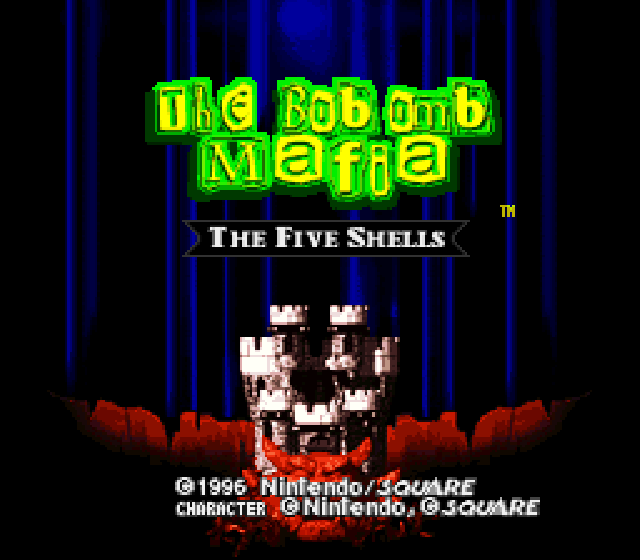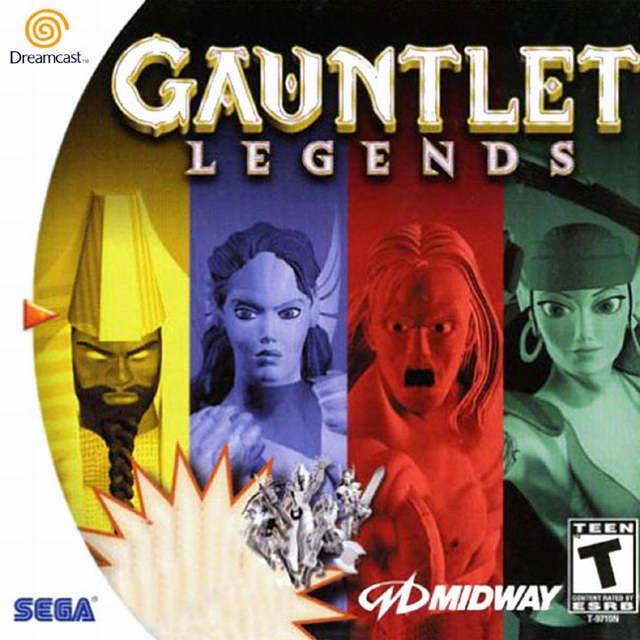
- HACKING DREAMCAST BIOS MAC OS
- HACKING DREAMCAST BIOS SERIAL
- HACKING DREAMCAST BIOS SOFTWARE
- HACKING DREAMCAST BIOS CODE
HACKING DREAMCAST BIOS SERIAL
I was quite surprised.ĭigression: My assumptions about serial speeds have often been mistaken.

HACKING DREAMCAST BIOS CODE
So I copied the ISO image of Resident Evil: Code Veronica - the game I personally played most on the DC - to the SD card (anywhere works) and used the “ISO loader” icon seen on the desktop above to launch the game. In fact, I ripped a few of my Dreamcast discs over a decade ago and still have those rips lying around. I assumed that this was a fundamental limitation of the link port. This was predicated on the observation that my DC coder’s cable that I used to use for homebrew development could not transfer faster than 115200 bits/second, amounting to about 11 kbytes/sec. Then, there will be the main DreamShell logo:įinally, you will land on the DreamShell main desktop:Īt first, I was supremely skeptical of the idea that this SD adapter could perform speedily enough to play games reasonably. Then, there will be a brief white-on-black text screen that explains the booting process: If it works, you will see this minor corruption of the usual Sega licensing screen: Plug the SD card into the DC SD adapter and plug the adapter in the link cable port on the back of the Dreamcast. The files in DS/ should land in the root of the SD card the folder DS/ should not be in the root.

As for filesystem, FAT16 and FAT32 are both known to work. Then, copy the contents of the DS/ folder to an SD card. On Linux, I used a small script I found once called burncdi-dc.sh. This is open-ended and left as an exercise to the reader, since there are many procedures depending on platform. It contains a CDI disc image and the DreamShell files in a directory named DS/.īurn the CDI to a CD-R in the normal way you would burn a bootable Dreamcast disc from a CDI image. Closer inspection of the internals through the translucent pink case confirms this.Īccording to its change log, DreamShell has been around for a long time with version 1.0.0 released in February of 2004. That’s what tipped me off that they must have just cannibalized some old USB SD card readers and packaging in order to create these.
HACKING DREAMCAST BIOS MAC OS
The text is all in Chinese, though the back states “Windows 98 / ME / 2000 / XP, Mac OS 9.1, LINUX2.4”. I thought it was very interesting that this adapter came in such complete packaging. This marked my third lifetime delivery from China and curiously, all 3 of the shipments have pertained to the Sega Dreamcast. I put in an order via the website and in about 2 short months, the item arrived from China. However, there are other uses such as multimedia playback, system exploration, BIOS reprogramming, high-level programming, and probably a few other things I haven’t figured out yet. Presumably, users of this device leverage the latter use case more than the former, i.e., download ripped games, load them on the SD card, and launch them using DreamShell. What can you do with this thing? Undoubtedly, the primary use is for backing up (ripping) the contents of GD-ROMs (the custom optical format used for the DC) and playing those backed up (ripped) copies. I have a strange feeling that this post might become the unofficial English-language documentation on the matter. Searching for these topics tends to turn up results from various forums where people are trying to cargo-cult their way to solutions.

HACKING DREAMCAST BIOS SOFTWARE
Working with this adapter and the software requires some skill and guesswork. The primary software that leverages the DC SD adapter is called DreamShell. Of course I wanted to see what I could do with it. When I was playing around with Dreamcast hacking early last year, I became aware that there is such a thing as an SD card adapter for the DC that plugs into the port normally reserved for the odd DC link cable.

Nope! I’m never going to let go of the Sega Dreamcast hacking.


 0 kommentar(er)
0 kommentar(er)
